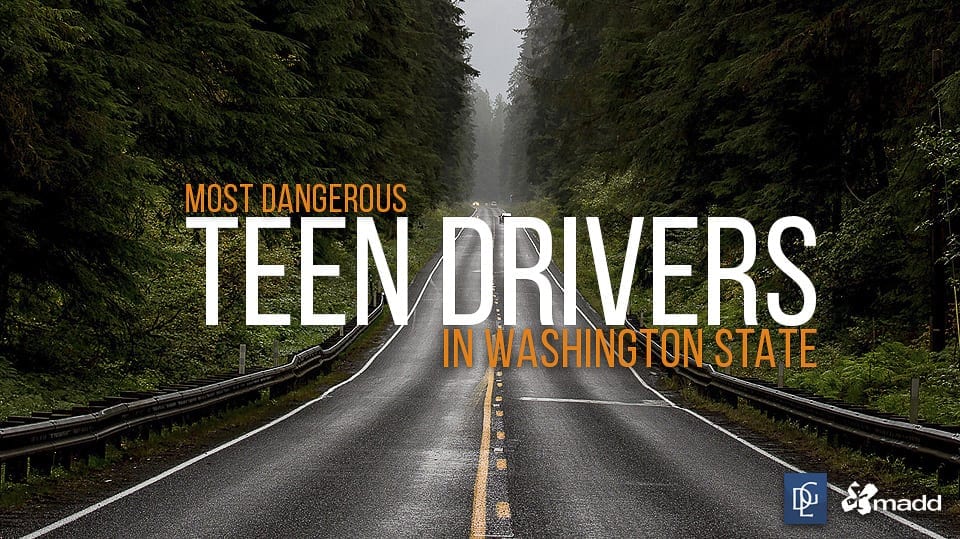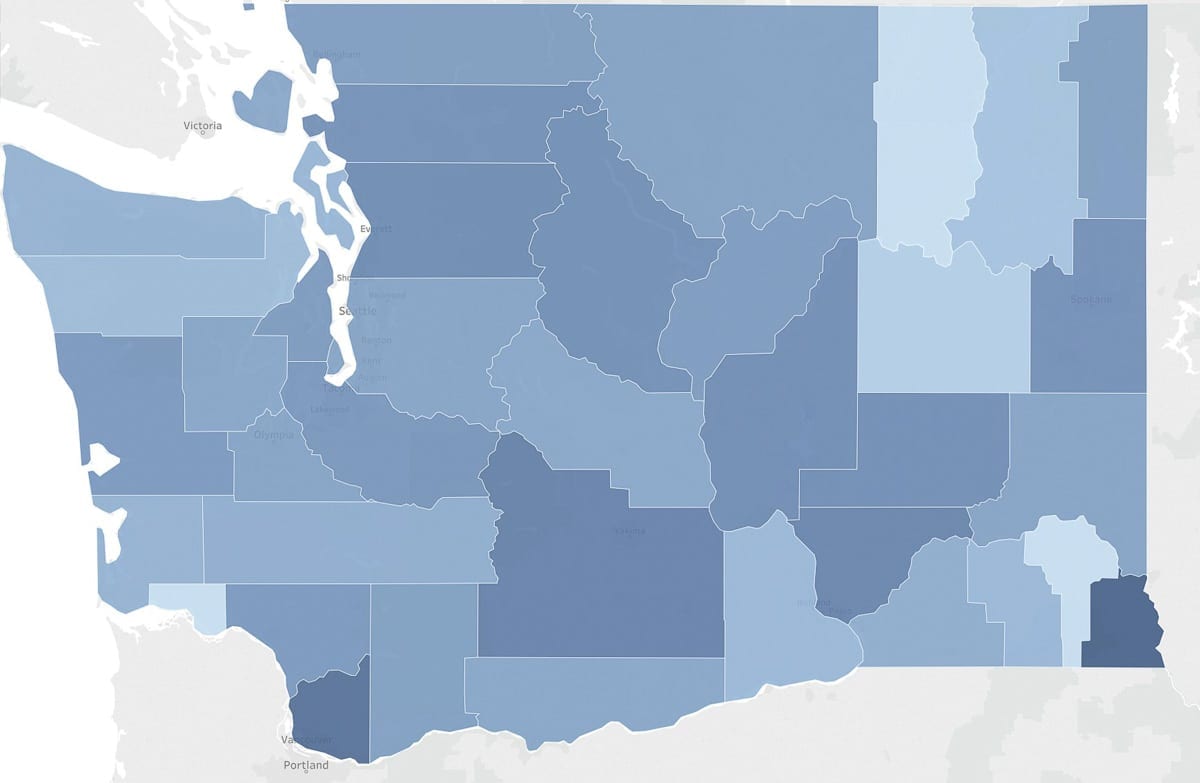Memorial Day marks the start of the 100 Deadliest Days for teen drivers
CLARK COUNTY — Memorial Day is the unofficial start of what has been dubbed the “100 Deadliest Days” for teenage drivers in America. According to AAA, crashes involving inexperienced drivers climbs 15 percent between Memorial Day and Labor Day compared to the rest of the year.

Here in Washington State, the Davis Law Group out of Seattle has compiled a list of the deadliest counties for teen drivers. Tiny Asotin County, in the far southeast corner of the state, tops the list, with just over 19 percent of crashes involving a serious injury or fatality between 2013 and 2017 involving a teenaged driver. Next up is Clark County, at just over 17 percent.
The AAA Foundation for Traffic Safety has the following advice to help keep kids safer on the road, especially during the Summer months:
Advice for teen drivers
Mischelle Davis, director of operations for Davis Law Group, is also the chair of the Washington State chapter of Mothers Against Drunk Driving. She says in years past kids often had a job during the Summer when they weren’t in school. Increasingly those jobs have either gone away, or kids are just less likely to seek them out.
“There’s just more fooling around,” she says. “There’s certainly more drinking. But even without the drinking piece, there’s just way more serious accidents and fatalities involving teens in the Summer months because those teens, instead of being in school, are on the road. They’re ‘cruising’.”

The fact that many of the higher numbers of serious crashes involving teens happens in rural areas seems to back some of that up. Davis says in the city it’s harder to find places where you can get up to the kinds of speeds teenagers in groups seem to like to drive.
“When I look back on the stupid driving that I was in the car for, you know somebody was speeding or whatever, that was on those rural roads,” she says. “Places where they could put the pedal to the medal, so to speak.”
More recent psychological studies show that key parts of a teenager’s brain are still in development, meaning they process emotions differently than adults. That increases the odds of teenagers engaging in risky behavior, especially in groups of their peers. That might also explain the much higher use of drugs or alcohol in younger drivers.
According to Washington State’s Department of Transportation, which tracks accident statistics statewide, Clark County had 21 serious or fatal accidents involving drugs since 2013. Of those, 48 percent involved someone between the ages of 16 and 25. In the four years before marijuana was legal in Washington State, there were 18 drug-related serious crashes, with only four involving a young driver.
While it’s still early, Davis says there’s increasing concern that the state’s move to legalize marijuana could be leading more teenagers to get behind the wheel while under the influence. “I was in a meeting two or three years ago where (they said) the drugged-and-drunk and drugged number had surpassed the drunk-only fatality number.”
The AAA study found that distraction played a role in nearly six out of 10 crashes involving teens, with the top culprits being passengers and using a smartphone behind the wheel. 60 percent of teens involved in a serious injury crash in 2015 (the most recent year data is available) were also not wearing a seatbelt. Excessive speed was a factor nearly 30 percent of the time.
It’s something Davis says often doesn’t hit home for kids unless they’ve been affected by a deadly crash themselves. She lost a classmate in high school to a deadly crash, and watched two other students who were in the same car struggle with a lifetime of pain as a result.
“That is still in super sharp focus for me, because these are my classmates,” she says. “Unfortunately for a lot of kids, unless they know somebody, or they can somehow link it directly to themselves, it’s just a number.”




